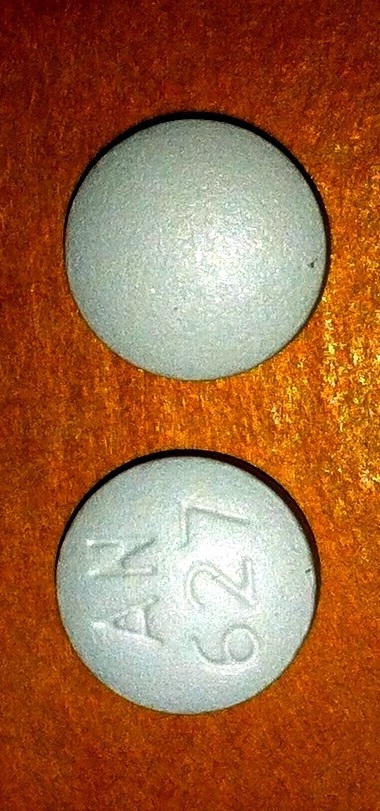2015 Drug Trends in Nevada

Drugs and the issues related to them are not just far away, in the movies or in the books we read. The harsh truth is that drug abuse and all the problems that come along with it (addiction, illness and, eventually, death) are closer to us than we may even think. Even more than that, many of the people out there do not even realize how serious the issue is and how much authorities need to actually run regular studies on drug use and the data associated with it, as these numbers can be a good indicator over the success of certain anti-drug campaigns (or the lack of these campaigns, for that matter).
Nevada is one of the American states where drug use is most dangerously encountered and where deaths as a result of overdose occur more than in other states in this country. As a matter of fact, in 2013 the studies made showed that Nevada is the 4th state when it comes to drug overdose death and that it occurs in the case of nearly 21 people in 100,000.
Even more, the reports show that the profile of the drug abuser has changed a lot during the past several years and that nowadays one of the biggest dangers out there are not cocaine or heroin (of course, they remain as dangerous as ever, but the percentage of people using them is not more alarming than it was before and the percentage of people dying as a result of an overdose is not higher either). One of the most dangerous types drugs used in Nevada is prescription drugs – legal drugs (pain killers in most of the cases) that are sold only with the prescription of a doctor.
When comparing the 1999 data with the 2013 ones, one will notice that the number of drug overdose death has increased considerably and that the majority of these deaths are actually induced by prescription drugs. In 1999, the number of drug overdose deaths was of 11.5 per 100,000 people, which means that the percentage of such deaths has increased by 80%. To compare this with other states in America, one must know that these rates have doubled in 29 of the states and that they have quadrupled in four of these.
If one takes a look at the report made by Trust for America’s Health, one will also notice that the issue of prescription drugs has become a dramatic one in a very short time span. In fact, data shows that the number of deaths caused by prescription drug overdose is higher than the number of deaths caused by cocaine and heroin overdose taken together – which is absolutely alarming. Even more, comparing the number of deaths caused by prescription drugs with the number of deaths caused by motor-vehicle accidents will give one even more insight into how large this issue is: in 29 of the states, the number of deaths caused by prescription drugs was actually higher than the number of deaths caused by motor vehicle accidents.
At a national level, no less than 50 Americans die every single day as a result of a prescription drug overdose. Even more than that 6 million Americans are reported to have serious disorders related to prescription drug use. All these numbers have led specialists into believing that America is facing an actual epidemic when it comes to prescription drug abuse and that measures have to be taken immediately so that the situation improves in the future. According to the above-mentioned report, educating the population into the risks of prescription drug abuse is one of the key elements in making this situation ameliorate in the future. Also, disposal of unused medication should be handled better, as this is one of the main ways in which some people gain access to drugs that would otherwise be released only through a medical prescription.
According to the same report as well, Nevada is one of the best scoring states when it comes to building a program to prevent further incidents related to prescription drug abuse. Out of 10 indicators of an efficient program, Nevada scored 7 (more than Washington DC and 28 other states that scored 6, but less than Vermont and New Mexico that scored a full 10). With the right measures taken now, the chances of having less occurrence of drug abuse related to prescription medication will be lower in the future, but these measures have to be taken as soon as possible!

